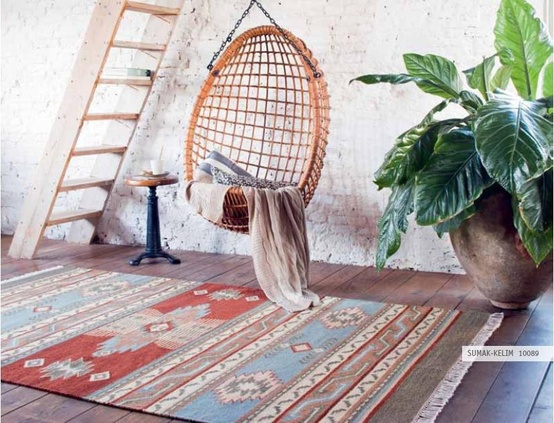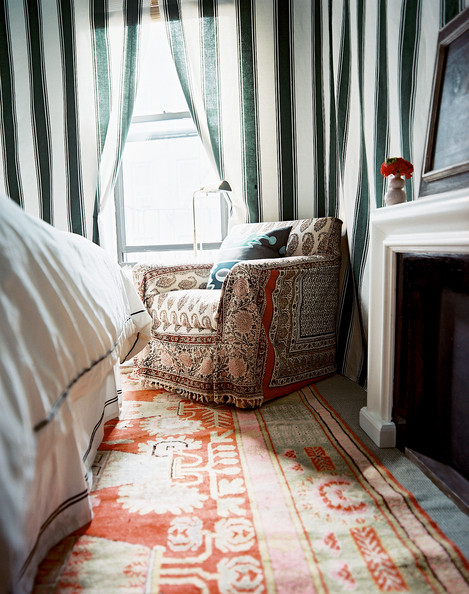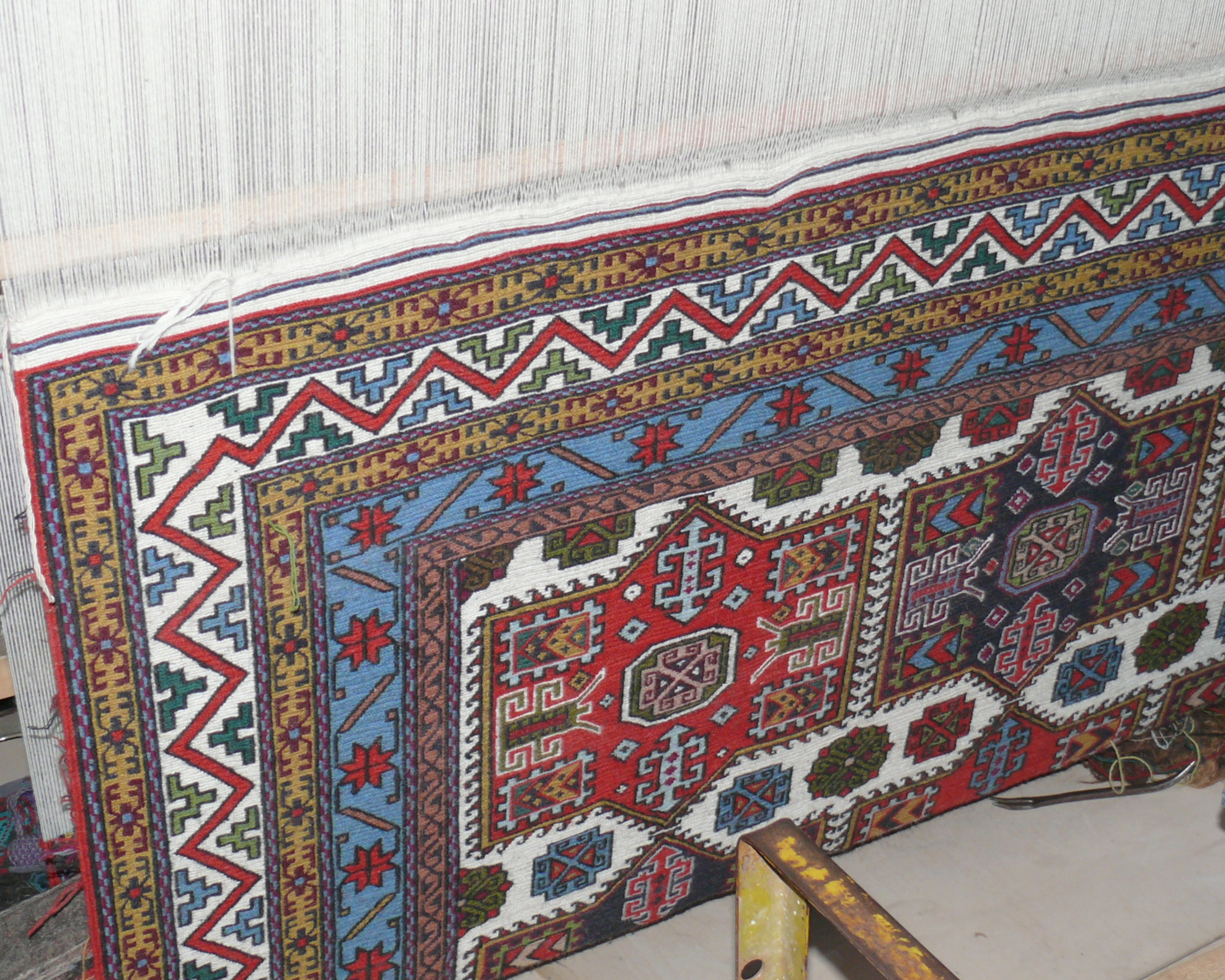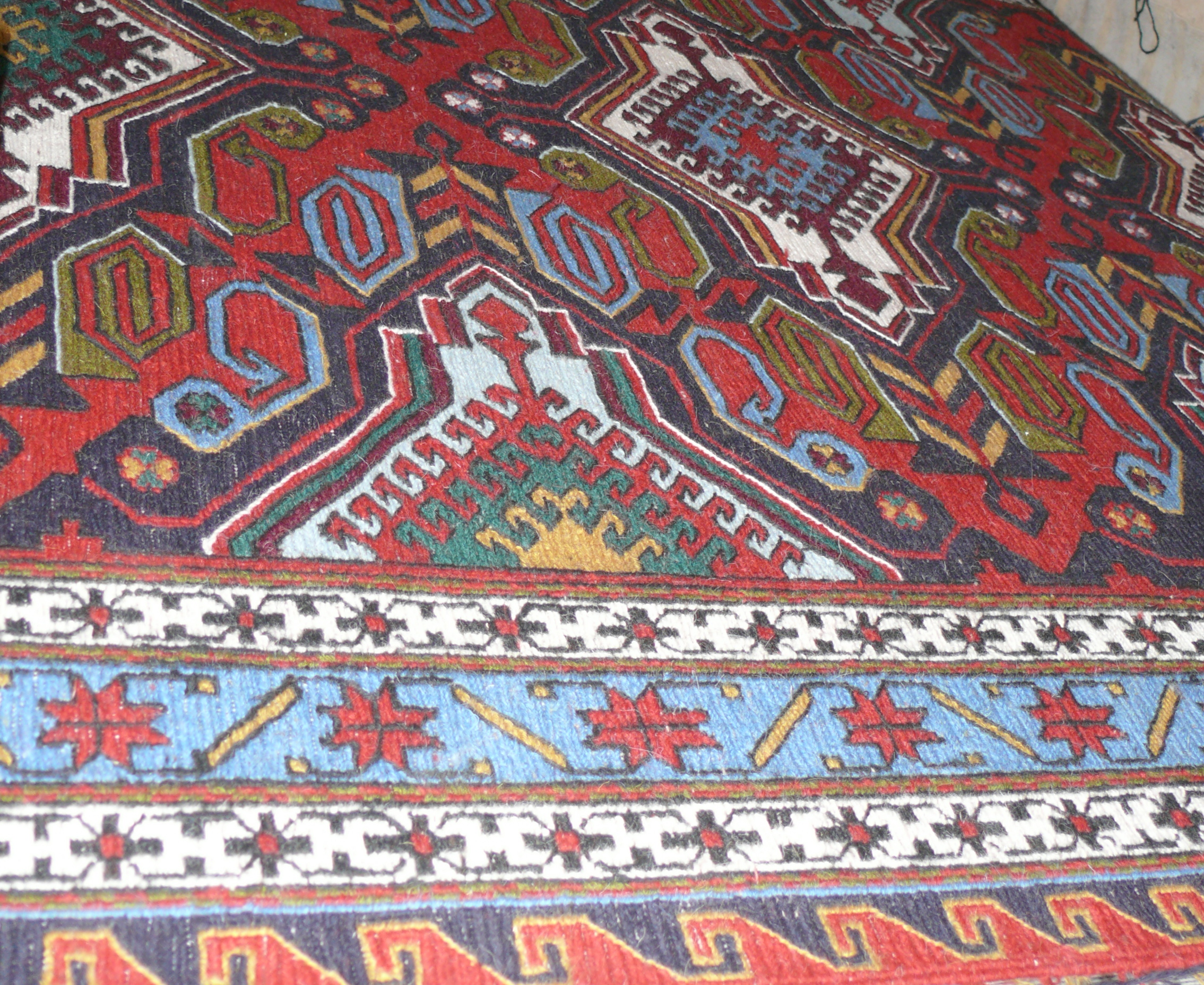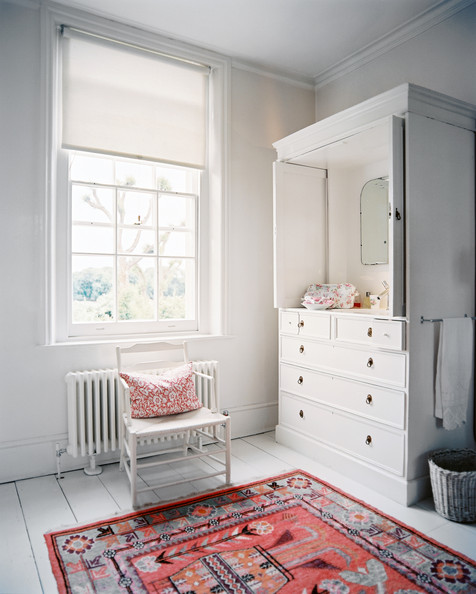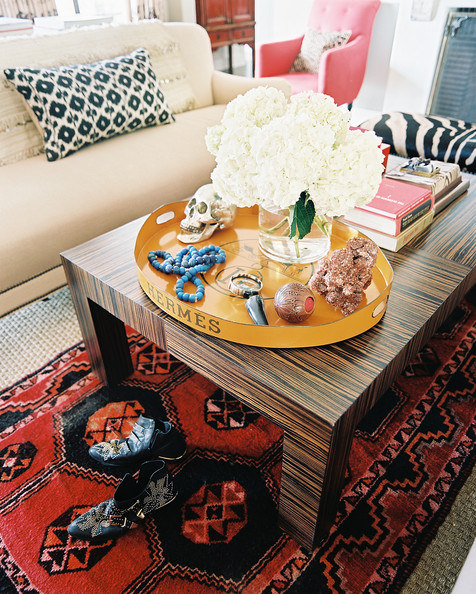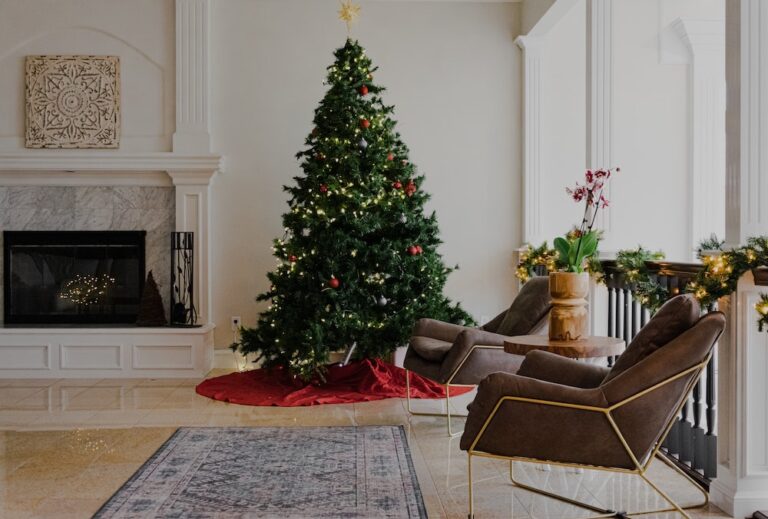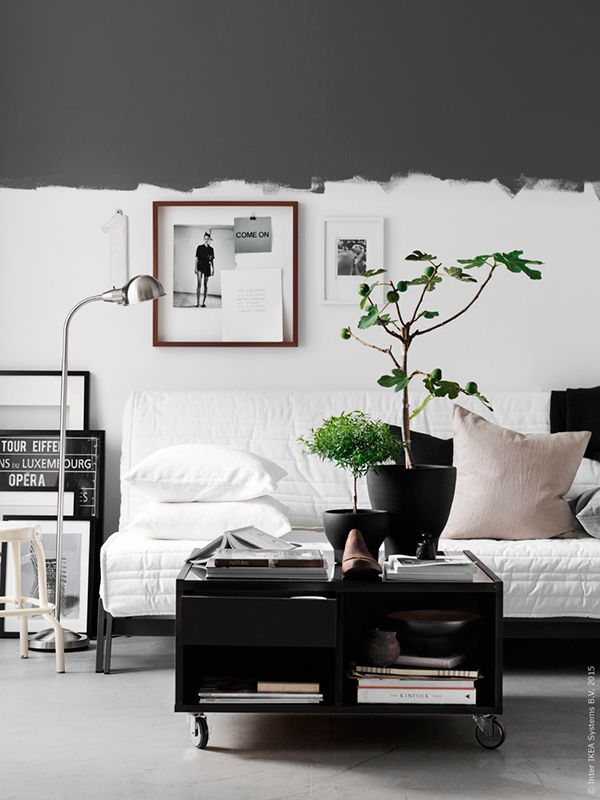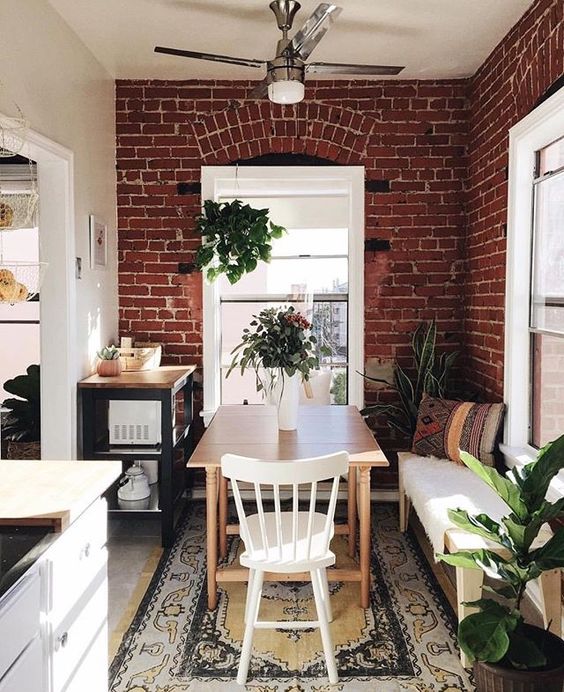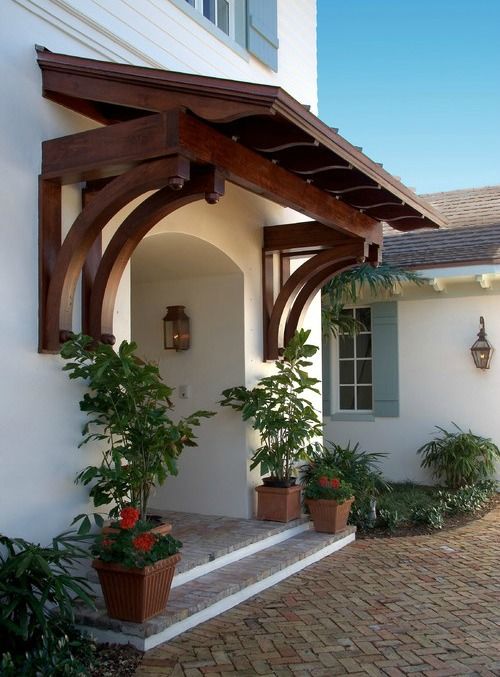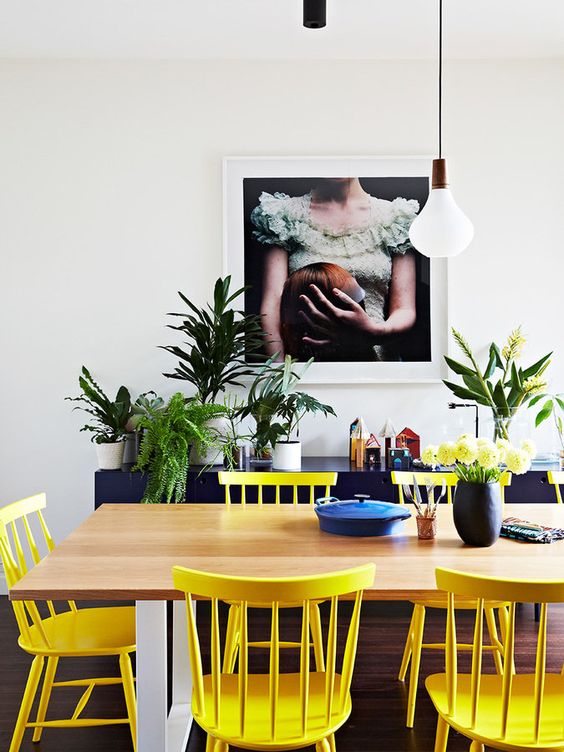Caucasian rug Soumak: ancient art revived
Quba is the ancient carpet producing province in Azerbaijan. Some of the finest authentic handmade carpets are made here. During our last trip to this region we had a chance to get to one of the mountain villages to see the process of making flat-weave rugs called Soumak (Soumakh or Sumak).
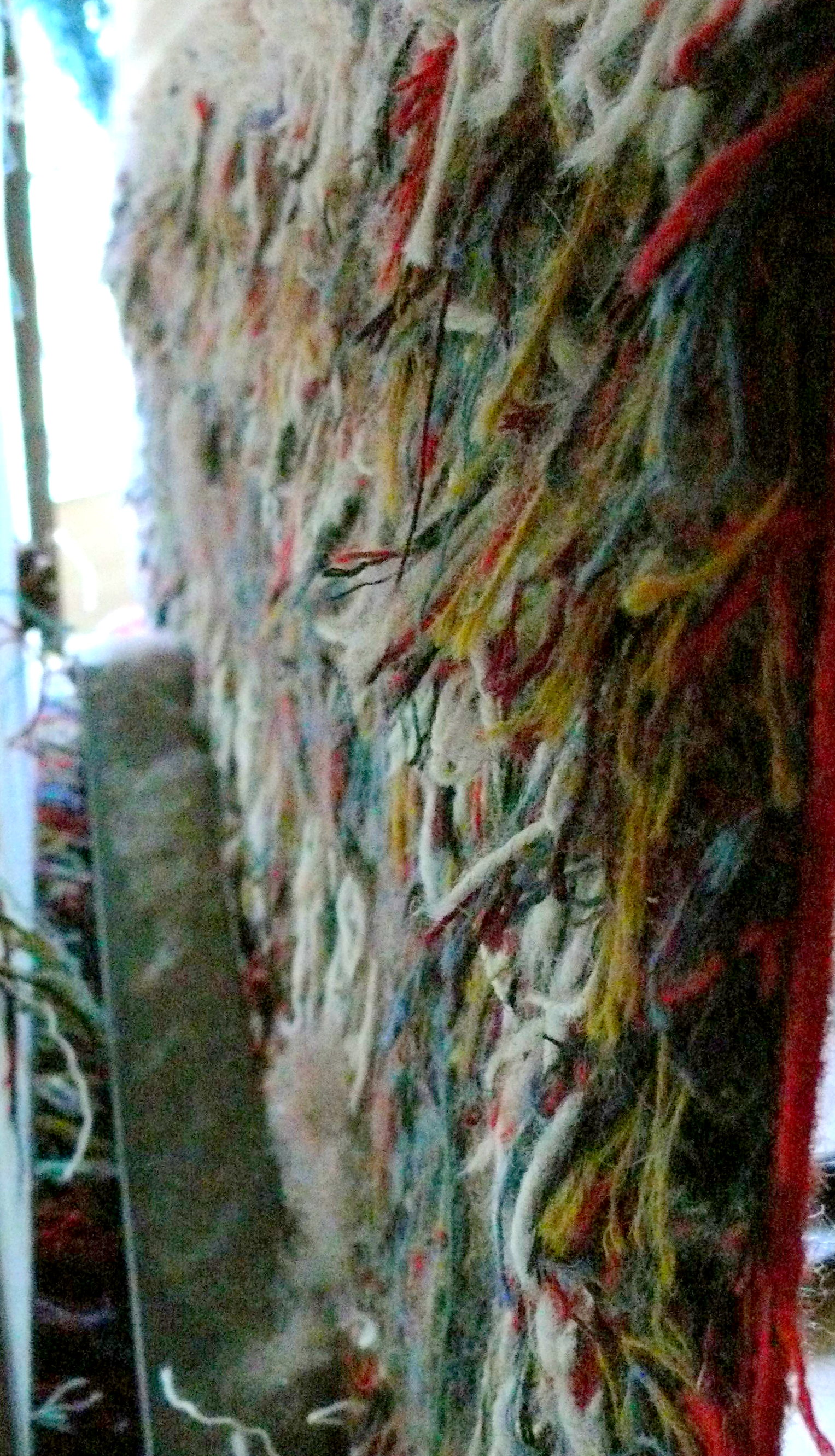
Flat-weave rugs have appeared in this region much earlier than pile carpets. There were several archeological finds proving that carpet-weaving existed in Caucasus since the Bronze Age. Many of the ornaments that are used now to decorate flat weave carpets have actually come to us from the ancient times. Symbols on these rugs are like the coded message from the past and by unlocking it, we will be able to learn more about our ancestors.
Flat weaves were made all over the rug producing world: in India, Turkey, Caucasus and Middle East. There are different types of flat rugs: kilims, soumak, zili, etc. The technique of making soumak consists of wrapping wefts over warps with the ends of strands left uncut on the underside of the rug (they can be several inches long). Sumak rugs unlike kilims are not reversable but they are much more durable and strong. The whole process of making Soumak is very long: it takes around 3-4 months to complete average size rug. Since weavers do not use a hook to tie the knots but just loop the yarn horizontally between the warps with their hands, physically it is harder than to weave a pile carpet. Sometimes hands of weavers are even bleeding because the threads severely rub the skin. We had an opportunity to watch the whole process of making soumak. I invite you to have a look:
Soumaks are extremely durable and will last for many years. They require low maintenance and easy to clean. Oriental rugs are very fashionable now, however you need to be very careful when you buy them as there are plenty of fake carpets from synthetic yarn produced in China. Here is some guidelines for you to choose the right soumak:
1) Wool or not? Original Azerbaijani Soumak carpets are made from 100% wool. If you are uncertain that the used yarn has natural origin, try to ask a shopkeeper to give you a sample of it (you can actually cut a tiny piece of loose strands from the underside of Soumak). When you burn it, there should be a bright flame and strong smell of burnt hair. Synthetic fiber will leave a very acidic smell.
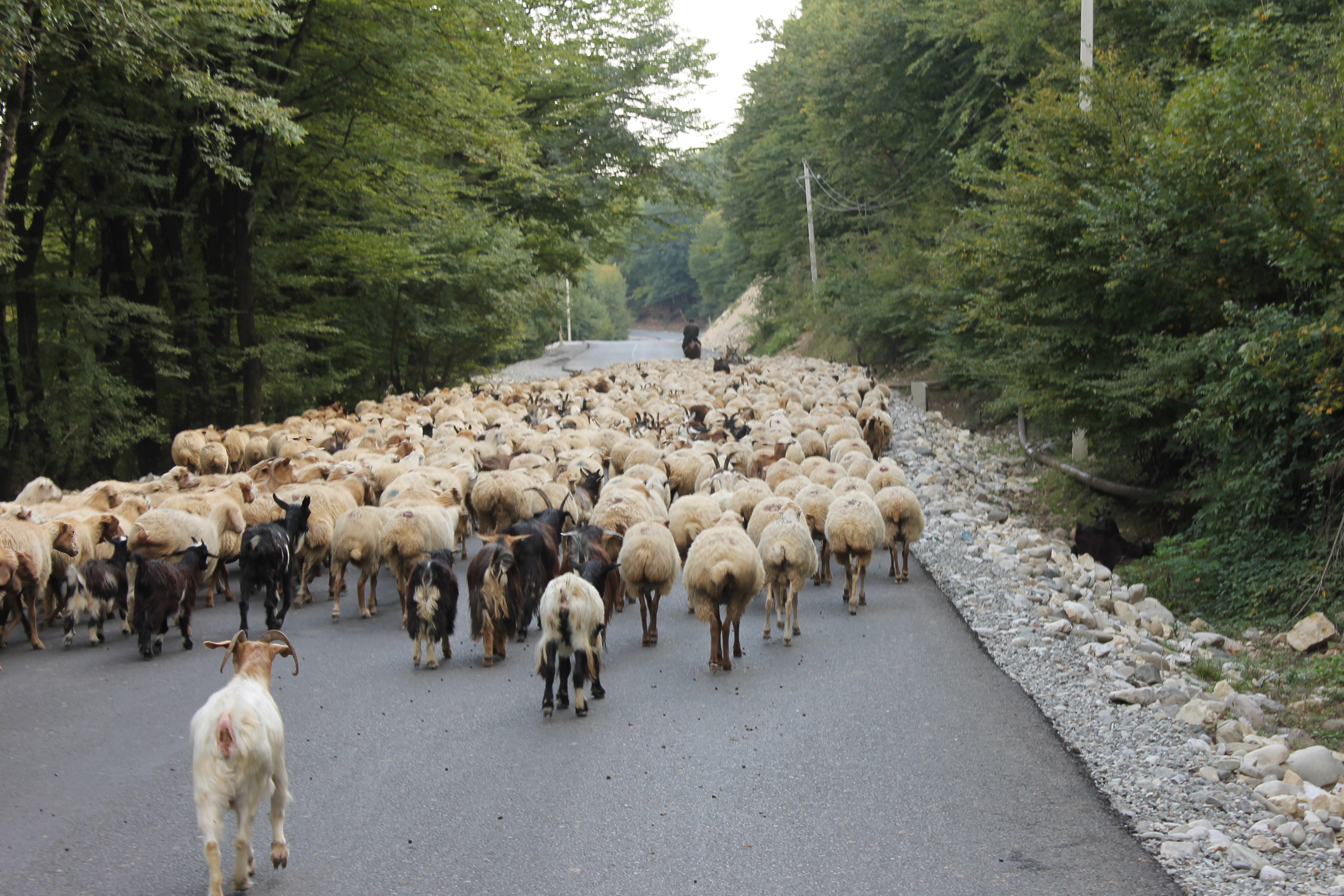
2) Natural dye or not? There is a huge trend now on the rug market for natural dyes, and almost all manufactures claim that they use only them. Very often it is far from reality – a marketing trick aimed to attract naive customers. If the dyes used had natural origin, the carpet will cost very, very expensive. There are some producers who will say that you can distinct artificial dyes by colour: natural are more subtle while synthetic are bright and acid. This is true, however with the current level of chemical science development, any naturally dyed colour can be reproduced with its synthetic equivalent. You can only find out which dye was used by giving your rug to the laboratory.
3) Density – the more the better. Carpets with higher density are more difficult to make, and the yarn used is thinner and finer. While with pile carpets you can calculate the number of knots on the reverse size, with soumaks it is not possible to do this. You just need to check that all strands are very tight and it is not possible to pull them out.
4) Some producers cut the loose strands on the reverse side of Soumak to make it look prettier from both sides. This is not correct, as authentic soumaks should have them and they also give more warmth and durability to the rug.
In 1990s Azerbaijan suffered a lot from the collapse of Soviet Union and ongoing war. Сarpet weaving production was forgotten and abandoned. Today very slowly it has started to revive. Still there are very few places in the country which actually produce quality rugs. This shortage of offer makes the newly produced rugs very expensive.
Most people mistakenly think that oriental rugs are appropriate mainly for traditional or oriental style interiors. This is not right, as the biggest trend in Interior Design today is Eclectic – skilful mix of different styles in one space. Here are some inspirational images of contemporary interiors, where oriental rugs create a very cozy and stylish look:
